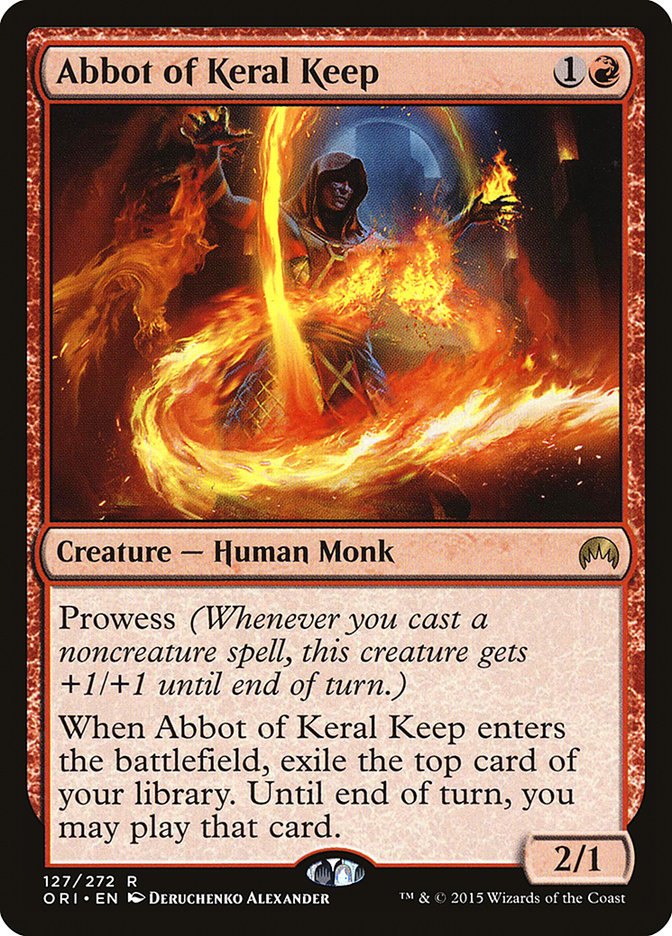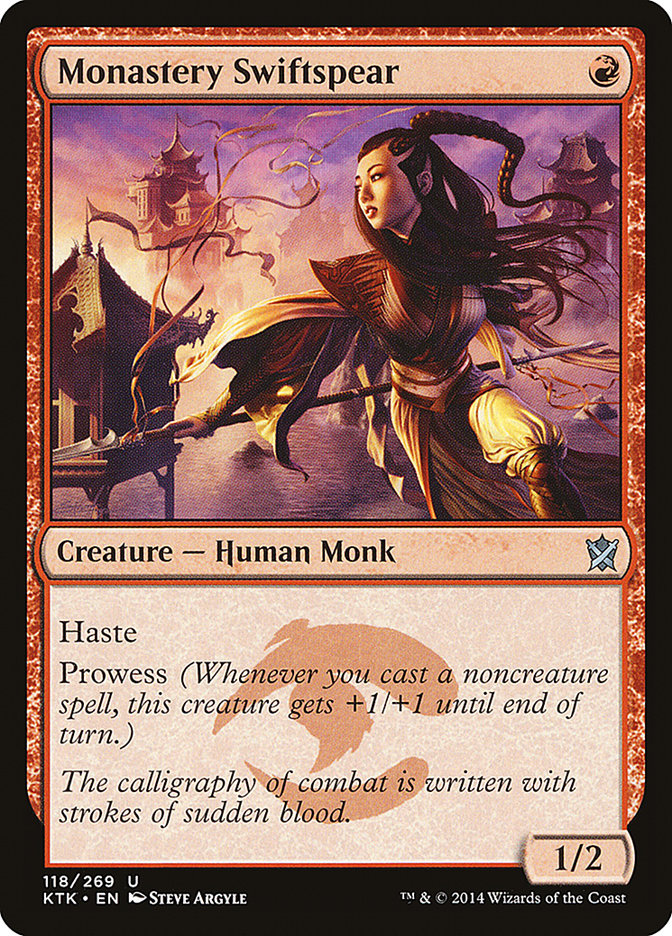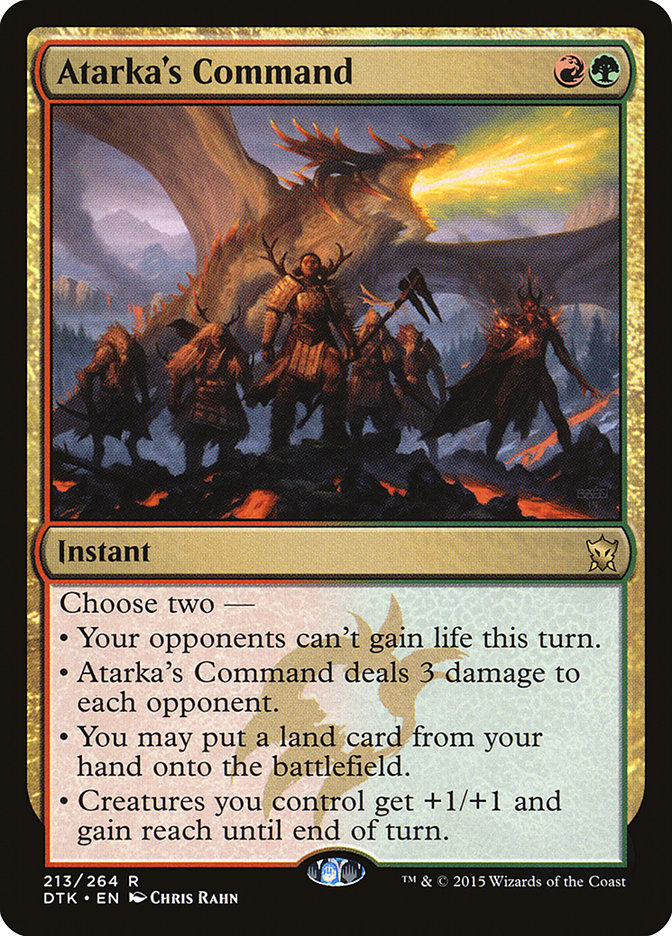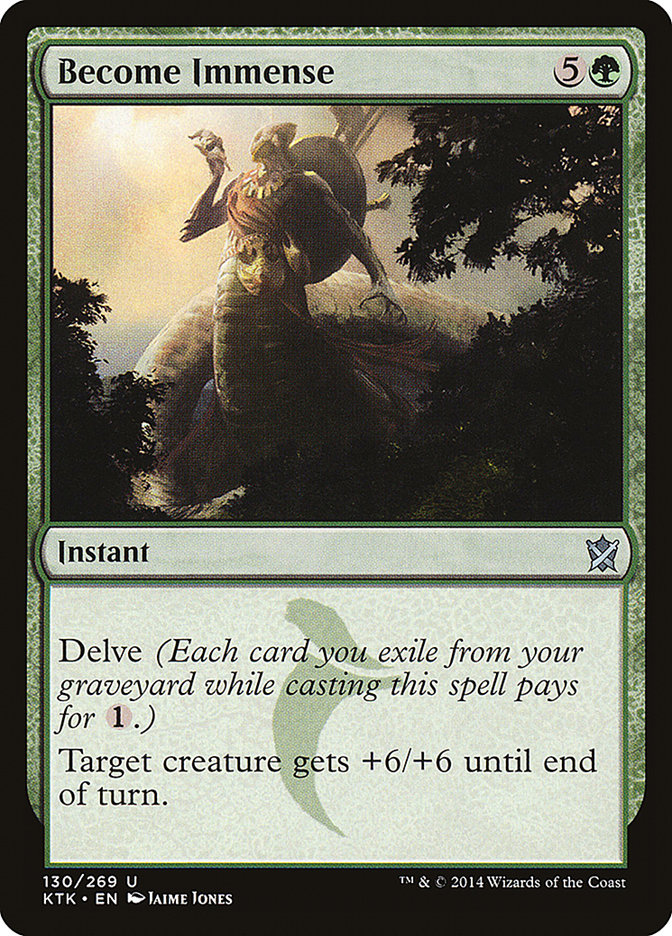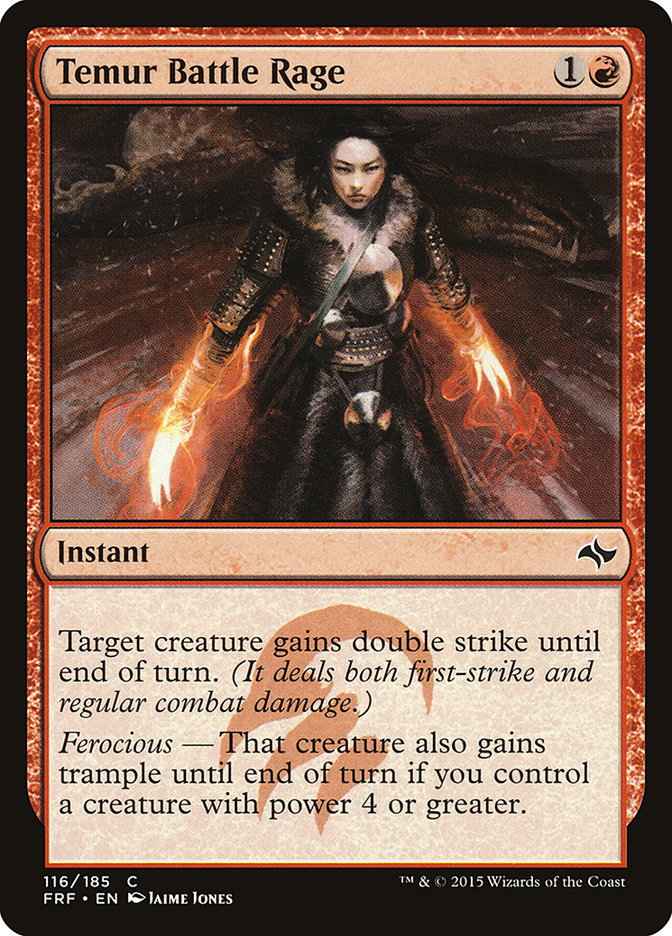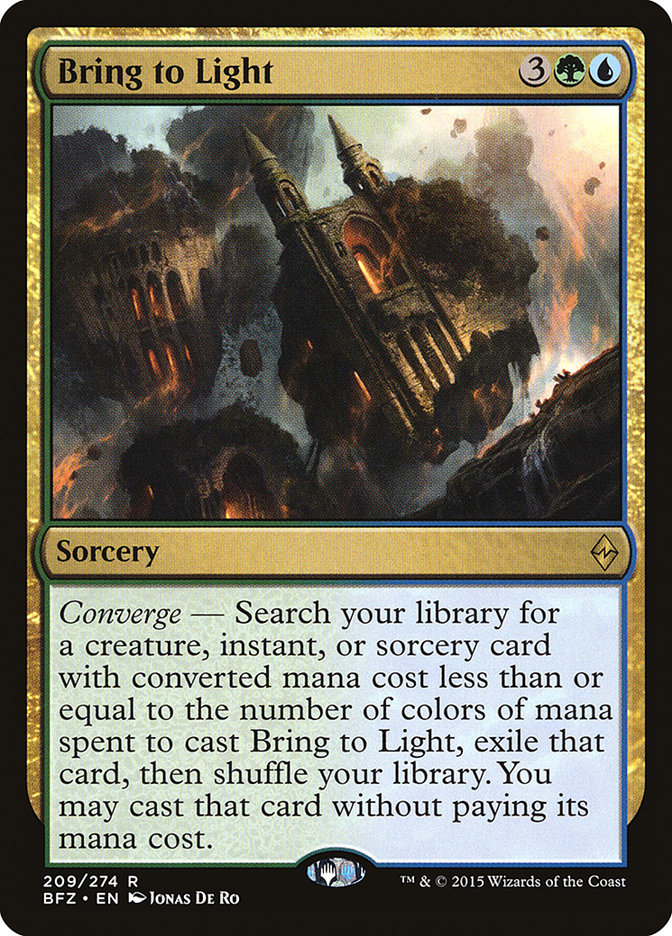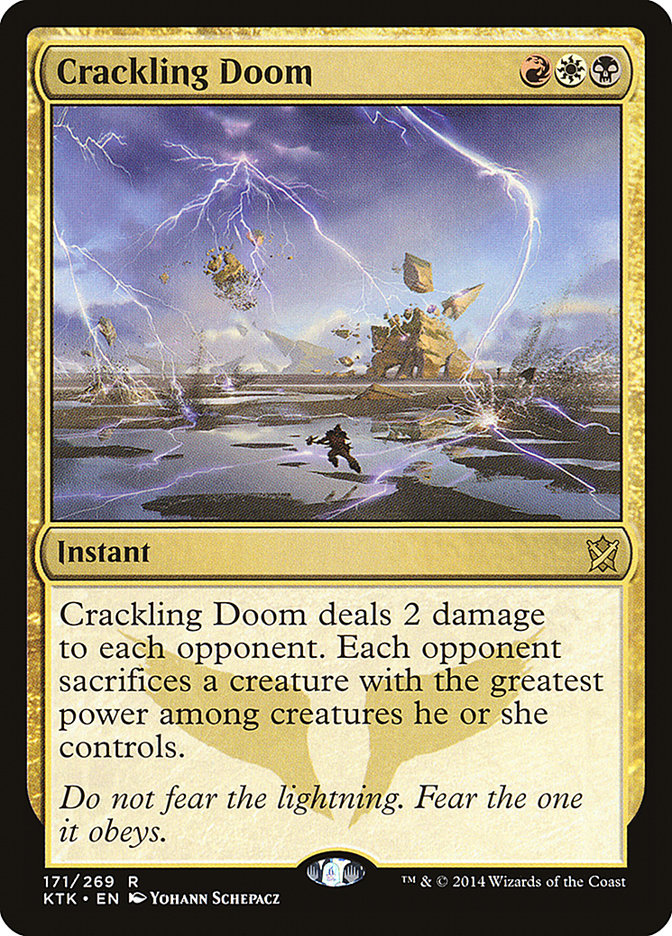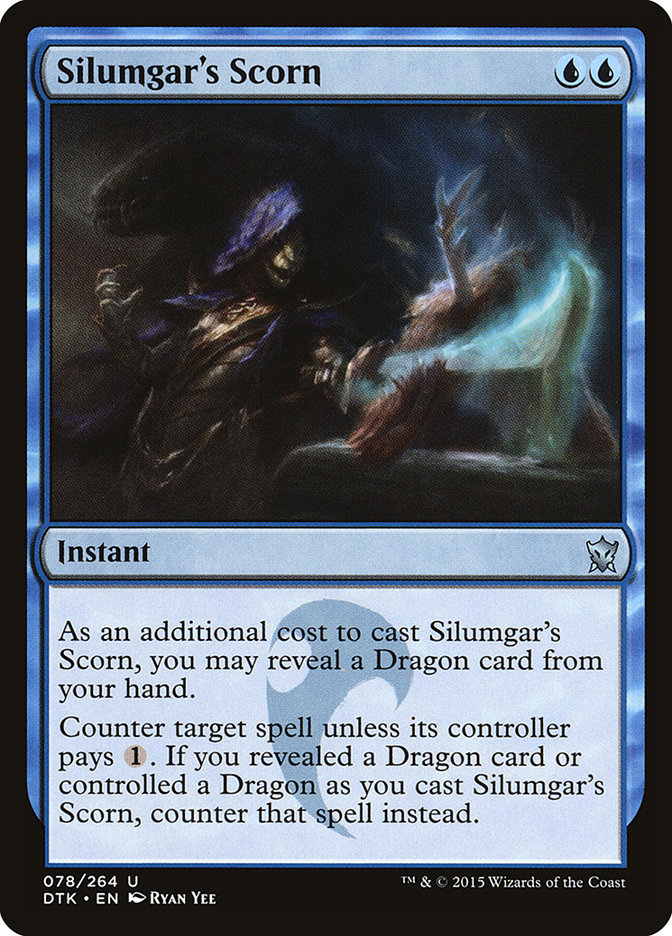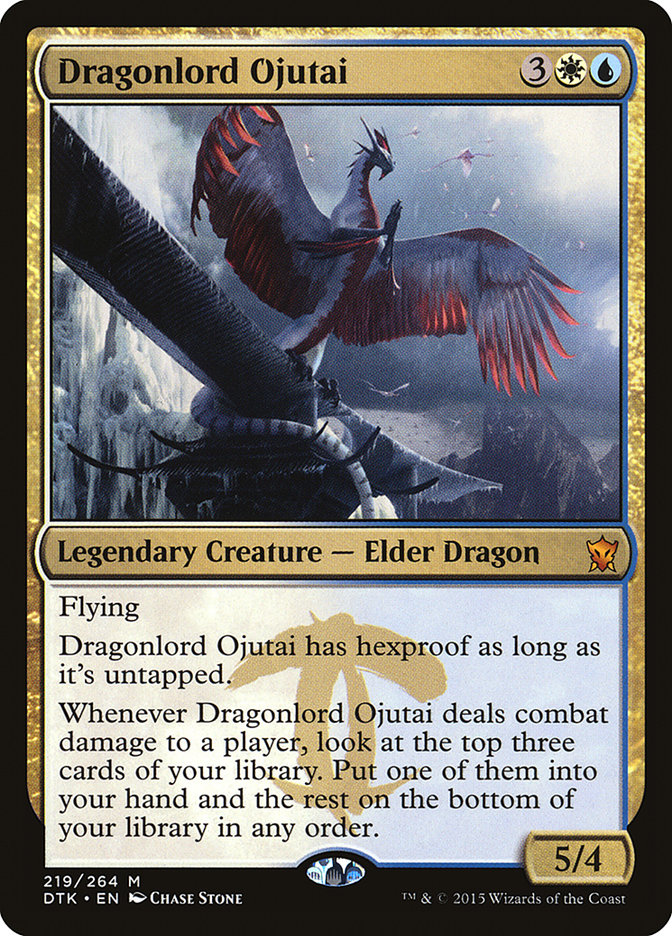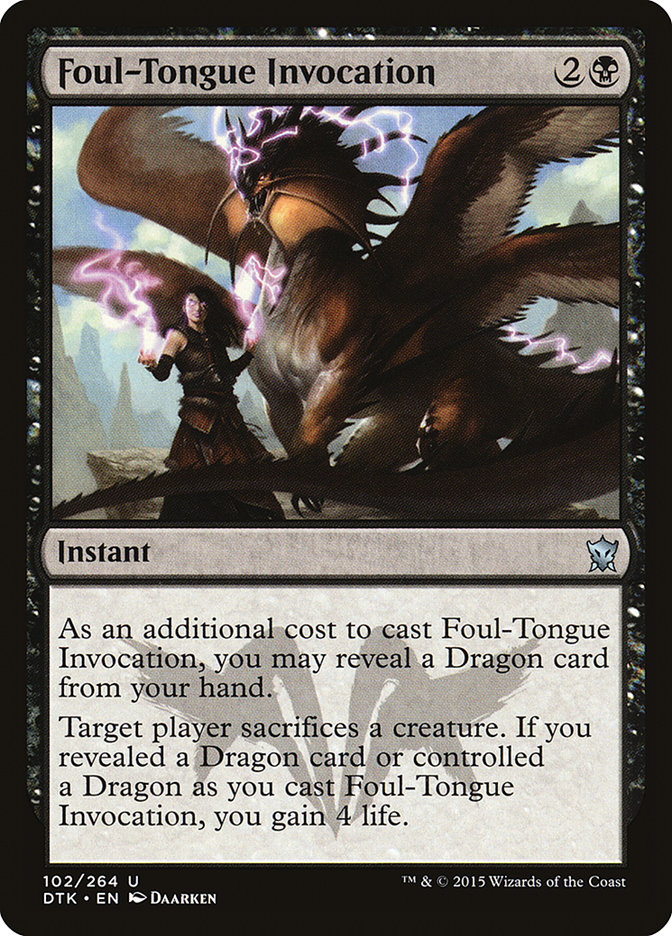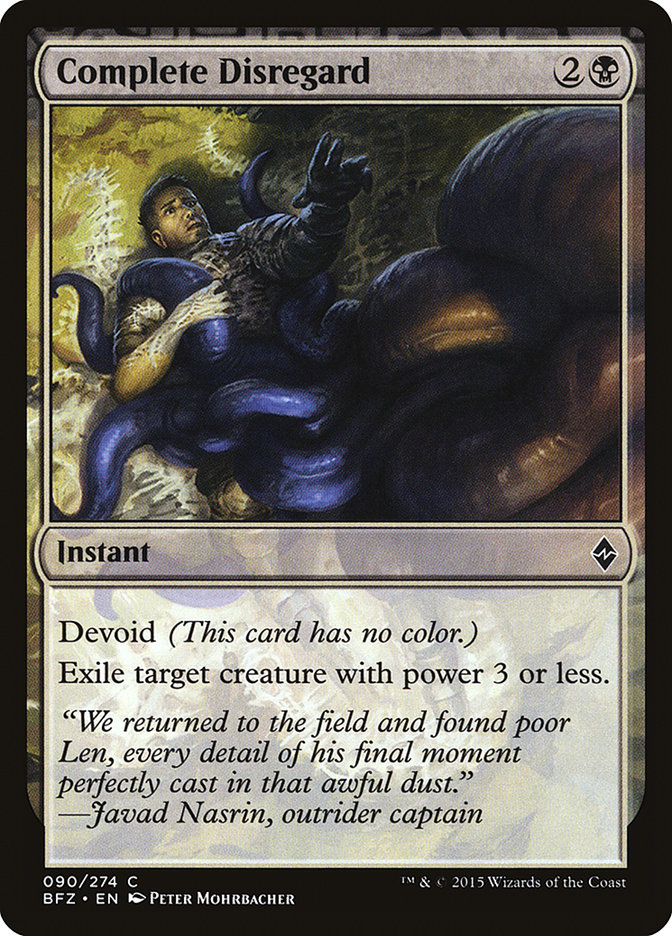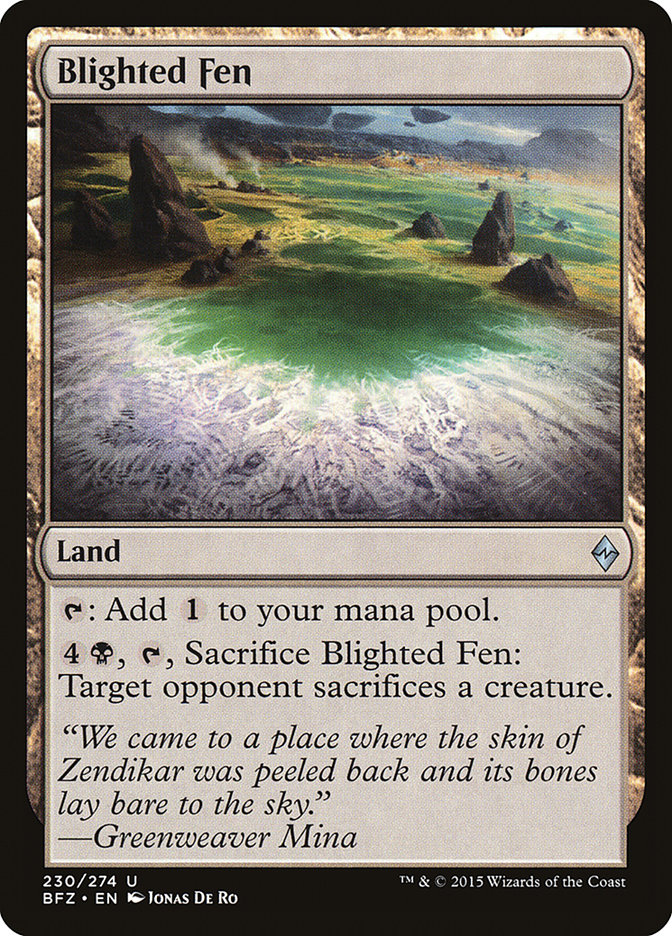[CEDitor’s Note: Hello everyone, and welcome to another edition of Fact or Fiction! In this column, two Select writers will answer five questions provided by yours truly on Magic-related topics. At the end, you have the opportunity to vote on who won the head-to-head battle. This week, we have Season One Points Champion and Geno Smith superfan Jim “DJ JD” Davis doing battle against #SCGBALT champion and Mana Confluence enthusiast Andrew “The Boz” Boswell!]
1.)
With Brian DeMars victory last weekend at #SCGINDY, Atarka Red is the deck to beat this weekend at #SCGATL.
Jim Davis – Fiction: Brian DeMars’ deck was a thing of beauty and the perfect deck for week one of this format. The exodus of many of the
best instant-speed removal spells, coupled with pretty much everyone’s desire to jam a fourth (and sometimes fifth) color into their deck, made a
streamlined and powerful aggressive deck with a surprise finish just what the doctor ordered.
The issue is that the secret is out.
I can only imagine how many players shook their heads in disbelief as they died out of nowhere to Become Immense + Temur Battle Rage last weekend, and
while still a potent combination, it is much more manageable when you can prepare for it. Ultimate Price, Surge of Righteousness, Murderous Cut, and other
instant speed options are much more potent against the deck than the week one options of Reave Soul and Silkwrap.
Both Brian and Michael Majors definitely showed the world what consistent two-color decks do to unrefined four- and five-color decks, but as time goes on,
the multicolor decks are going to get smoother and smoother. Will Brian’s deck have a big impact on the format going forward? Absolutely. But will it be
public enemy number one? I doubt it.
Andrew Boswell – Fact: This is 100% Fact. Atarka Red is the truth!
With rotation, many decks lost important pieces of their early curve, but Atarka Red is still intact. While other people are trying to win their four-color
midrange mirrors, no one is going to be prepared for the fast red rush. And how can they even prepare? Drown in Sorrow and Bile Blight are gone. Despite
the new Battle lands, most manabases are still clunky. Abzan decks can splash for Radiant Flames, but splashing a color for an anti-aggro card that you
need on turn 3 is unlikely to be a winning strategy. Languish is decent but will usually be too slow.
Simply put, Atarka Red poses a very potent suite of threats and there are not proper answers in the format. Another dimension to this is specifically the
way DeMars’ deck can pivot on tokens, burn, and pump. This makes it impossible for opponents to play around everything and are forced to choose what they
will lose to.
Let’s also not forget that hyper aggressive red decks won the last two Pro Tours using many of the same cards that are in DeMars’ deck. These kinds of
decks are typically underrepresented by top players because there isn’t as much room to “outplay” your opponent. Sometimes you draw twenty points of burn
by turn 4. Sometimes you just draw lands, and it can be hard for a great player to leverage their skill in that scenario. Despite this, the red decks are
great and have a great win ratio. Sometimes in the pro community, it seems like there is an unspoken gentlemen’s agreement not to play red decks, so it
made me really happy to see DeMars plow through people with Temur Battle Rage.
The combination of PT success, DeMars’ win, and the fact that the archetype is underrepresented by top players means Atarka Red gets my vote for current
best deck in the format.
2.)
After watching Gerry Thompson slice and dice his way through the Swiss of #SCGINDY, you believe his Five-Color Bring to Light deck is the real deal.
Jim Davis – Fact: This is a tough one, because it’s hard to say if Bring to Light is really the draw to Gerry’s deck. It definitely does
some reasonable work, but look at the lineup this deck already sports:

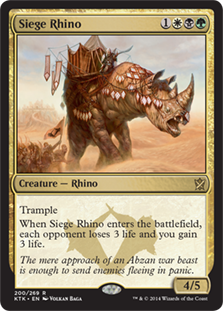
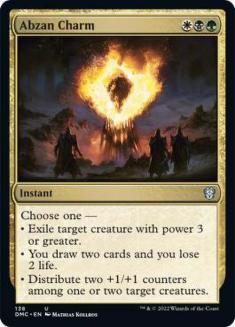
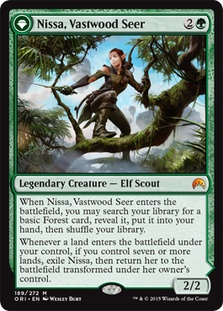

Gerry’s deck features the best non-red cards in the format, and the card quality is through the roof. This is only the beginning of what manabases in this
format can support, and this is a deck that has the potential to grow with the format. While decks like Brian DeMars’ Atarka Red will get worse as people
adapt to it, Gerry’s deck will likely get better as it is better tuned and adapted to the format.
Andrew Boswell – Fact (for the most part): Gerry was one of the best players in the room, and he was playing the kind of
deck I would expect him to do well with. That by itself is a recipe for success. I think Bring to Light decks are going to be a staple of the format, but I
don’t actually think they are that great. After the full spoiler was released, it was the archetype I was most excited about. I thought I was so
lucky to open two Bring to Lights at my Prerelease. Unfortunately, really fast decks and really controlling decks are going to be bad matchups, and there
isn’t any good way to solve those problems. The manabase will always leave Gerry’s deck vulnerable on the opening turns, and having access to all five
colors doesn’t actually give him a better end game than Esper Control. Esper is always going to have more counterspells and Dig Through Time, and Gerry
doesn’t even have access to Thoughtseize anymore.
Gerry’s deck is great at beating everything in the middle, which is what we typically see at most events. With Bring to Light, Gerry can always have either
Siege Rhino or Languish by turn 5, and if the opponent doesn’t have a very streamlined strategy, Gerry is going to leverage that position to a win. Most
people play decks that aren’t hyper aggressive but are filled with good creatures, good removal, and some card advantage. Those are going to be a good
matchup for Gerry. He has the best deck to win midrange mirrors and “normal” games of Magic.
I think Gerry’s deck will do well in an open field, so it is a good choice for anyone who wants to play on the Open Series, in IQs, or a Grand Prix. I
don’t think Gerry’s deck would do well in a small field like the Players’ Championship or your local FNM if it has some real sharks, because people can
snipe you. If they want to beat you, they will either rush you down early or grind you out later, and there isn’t much you can do about it. Despite all of
this, I believe it is still a good deck.
3.)
Crackling Doom is a card that is worth splashing for.
Jim Davis – Fact: Crackling Doom is fantastic.
With Hero’s Downfall leaving us, there is a distinct lack of great instant-speed answers to large creatures. This is coupled with the fact that it is
bizarrely almost more difficult to cast a 1CC card like Ruinous Path or Stasis Snare than a three-color card. Crackling Doom is also the best answer in the
format to Dragonlord Ojutai, which is one of the premier “must-answer” cards in the format.
The only major caveat on Crackling Doom’s popularity is the presence of Abzan Charm. Abzan Charm is one of the most versatile spells in the format, and it
fills the role of killing large creatures at instant speed quite admirably. This lessens the need for a card like Crackling Doom, as Abzan Charm is able to
do its job and more.
As a result, this is a conditional “fact.”
If your deck is base Abzan, splashing Crackling Doom is very reasonable but may not be necessary.
If your deck is anything besides base Abzan, do what you can to bring the Doom.
Andrew Boswell – Fiction: Crackling Doom is a very good card, but splashing a color, even in this format, is a real cost. Splashing should
always be considered a last resort. In the case of Jeskai, Crackling Doom will frequently function the same as any other removal spell. Sometimes the two
damage will be relevant, sometimes it won’t. Sometimes being able to hit hexproof creatures will be relevant, sometimes it won’t. In most cases, Crackling
Doom could have been a Valorous Stance, Jeskai Charm, Draconic Roar, or Stasis Snare and gotten the job done. Removal options are actually one of the
greatest strengths of Jeskai because you certainly aren’t playing those colors for access to beefy creatures.
You may or may not feel the full value of Crackling Doom, but you will always feel the impact in your manabase. Lands will enter the battlefield tapped
that could be basics, fetching will be difficult because you are trying to play Mantis Rider and Crackling Doom on the same 3-4 lands. You will take extra
damage because you have Caves of Koilos. The point is that you are only going to benefit some of the time for having Crackling Doom, but you are always
going to suffer problems in your manabase.
When I was playing Abzan Aggro, I actually considered splashing Crackling Doom. I had four Mana Confluence and three Temple of Silences that I could change
to Nomad Outposts. My mana was already really good, and I could have seven free sources of red mana without even changing the number of lands that entered
the battlefield tapped. Ultimately, I decided not to because I could keep my great mana, and while I might have the wrong removal spell for the matchup in
game 1, I could always ensure I had the perfect removal suite after sideboard.
Splashing Crackling Doom at the beginning of the format just reveals that people didn’t know what to prepare for and were scared so they tried to prepare
for everything. Now that they know what to prepare for, there is no excuse to still have it in your deck. Trim back down to three colors and have a good
sideboard plan. For example, against Esper Dragons, play Disdainful Stroke so you can counter their Dragons, Crux of Fates, and Dig Through Times. You can
also play Valorous Stance to protect your Mantis Rider or deal with Dragonloard Ojutai when it attacks. Smoldering Marsh will slow down your ability to
curve out, and with Crackling Doom you are actually more likely to have the wrong interactive spell at the wrong time.
4.)
With two copies of Esper Dragons making the top 8 of #SCGINDY, it should be taken more seriously as a tier 1 deck.
Jim Davis – Fact: Esper Dragons is excellent, and it lost very little from the rotation. There’s no denying Hero’s Downfall, and to a
lesser extent, Thoughtseize, were big parts of Esper Dragons, but removal spells can be replaced. The core of the deck – Dragons, Dragon payoff cards, and
Dig Through Time – has remained intact, and new cards like Scatter to the Winds and Horribly Awry have stepped in to pick up the slack.
I also think that Complete Disregard is an excellent removal spell in this format, and Esper Dragons uses it very well. Complete Disregard answers both
Hangarback Walker and Deathmist Raptor very cleanly, and both cards have held the deck down in the past. It also works very nicely with Jace, Vryn’s
Prodigy, as you can shrink a larger creature’s power and take it down as well.
There are certainly cards that are good against Esper Dragons available to people, as both Blighted Fen and Crackling Doom are great answers to Dragonlord
Ojutai, but regardless, Esper Dragons is going to be a force to be reckoned with going forward.
Andrew Boswell – Fact: I’m more excited about this than you would probably expect. Battle for Zendikar has some great cards for
control decks, and I truly believe that Fathom Feeder, Ruinous Path, and Scatter to the Winds are the new Warden of the First Tree, Fleecemane Lion, and
Rakshasa Deathdealer. When choosing a deck, I look for one that has a good curve, good redundancy, and has lategame power built in, not added. The Dragons
are not actually that great or necessary in my opinion. Silumgar’s Scorn is great and maybe makes them worth it, but Planar Outburst is a better
one-sided-sweeper than Crux of Fate. With the awaken cards, you can cut your expensive win conditions for more early answers but still have plenty of ways
to win the game and never have to worry about drawing your win conditions too early.
I haven’t even mentioned Jace, Vryn’s Prodigy and Dig Through Time yet, which are the best two cards in the format. The mana for Esper is absolutely great
and with the awaken cards, you can cut the clunk to make an unbeatable deck. Similar to how I don’t think there is a good way to protect yourself from
Atarka Red, I don’t think there is a good way to attack Esper Control.
It is very early in the format and I am a flawed human being, so take what I say with a grain of salt. Atarka Red is currently the best deck, but as we get
later in the season, Esper Dragons is unlikely to be very popular, but it will be the best.

5.)
Removing
Open Series points from IQs for 2016
was the right decision for the Open Series.
Jim Davis – Fact. FACT. FACT!: I am extremely happy with this change despite the fact that it will make it more difficult for me to get
Open Series points in the future and remove my geographical advantage.
I live in an area (Long Island/NY Metro area) that is perhaps the best in the country as far as IQs go. We have multiple IQs within a few hours driving
every weekend, and we average around one weeknight IQ a week as well. Put simply, we are drowning in IQs, and this gives players in the northeast a
distinct advantage when it comes to acquiring Open Series points. This is also true of a few other IQ hotspots across the country, and the current
leaderboard is rife with players who have been crushing the IQ circuit.
While IQs have been very popular, they have been an overall detriment to the health of SCG Organized Play.
I can’t tell you the number of IQ finals over the last two years where my opponent sat down and asked me if I was already qualified and would like to
split. I would have to reply that while I am qualified, I am playing for Open Series points and that I can’t split. If I won I would get my points, and
that player would lose their shot at an invite playing against a player that is already qualified for every Invitational of the year.
While this sucks, because IQs give out points, if I wanted to stay in the points race, I had no option but to play every IQ afforded to me because my
competition would be doing the same thing.
This is what they call a lose-lose situation. I felt frustrated because I was priced into playing 2-4 local low stakes events every week, and players who
lose to high ranked Open Series players felt bad when a player who is already qualified takes their invitation from them. Add to this the fact that local
IQs have actually deterred top players from even making the trip to an Open Series event because they can get some points at small local events and you
have a certified disaster.
I’ve won a lot of IQs in the last two years, and they definitely aided me in making the Players’ Championship last year. I’m one of the people that this
current system benefitted, so it’s pretty clear that if I am willing to give this advantage up, I truly think the system is broken. Huge props to everyone
who was involved with this change.
Andrew Boswell- Fact: I love it. Despite attending tons of Opens and Invitationals, I have only been able to attend two IQs in the last
twelve months. As soon as I realized the best way to farm points was at IQs, I knew I would never have a chance to make the Players’ Championship. So, on a
personal level, I think these changes are great because there was no way I would ever qualify with the previous system.
In terms of fairness, I think this is also a great change. There was a huge advantage to players in the northeast because there are so many IQs in New
York/New Jersey. If you wanted to, and I know some people did do this, you could hit 3-4 IQs a week and still go to Opens on the weekends. That is an
insane advantage over anyone who lives in a more rural area that doesn’t have access to as many IQs.
From the perspective of a spectator, I think this is all really great too. I watch every single Open Series event. I see people make great plays, close in
on top 8s, and I get invested in their success. When I see a player like Chris Andersen do well on the Open Series over and over again, I get excited…
and then disappointed because he is not even in the Leaderboard’s Top 16. With more emphasis on Open Series success, the storylines of players getting into
the Players’ Championship can really develop. That is a big part of what makes it fun to watch.
Overall, I think a lot of the top players on the Leaderboard will still be on top throughout 2016. Good players who win a lot like Gerard Fabiano are just
good players who win a lot, no matter the system. People’s favorite players will continue to shine, extremely hard workers will still climb, and the
quality of player at the Players’ Championship, like everything else, will continue to get more exciting and more competitive.

